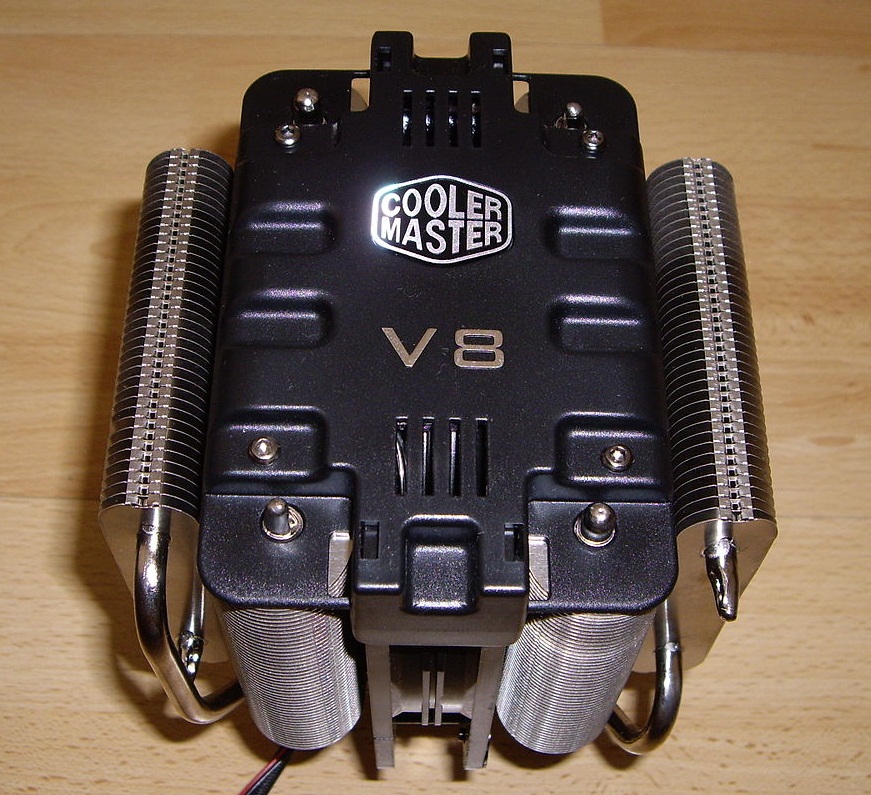Air Cooling on:
[Wikipedia]
[Google]
[Amazon]

 Air cooling is a method of dissipating
Air cooling is a method of dissipating
ericsson.net - Forced air cooling of DC/DC power modules at high altitude, Design Note 025
table "Cooling efficiency"

 Air cooling is a method of dissipating
Air cooling is a method of dissipating heat
In thermodynamics, heat is defined as the form of energy crossing the boundary of a thermodynamic system by virtue of a temperature difference across the boundary. A thermodynamic system does not ''contain'' heat. Nevertheless, the term is ...
. It works by expanding the surface area or increasing the flow of air over the object to be cooled, or both. An example of the former is to add cooling fins to the surface of the object, either by making them integral or by attaching them tightly to the object's surface (to ensure efficient heat transfer). In the case of the latter, it is done by using a fan blowing air into or onto the object one wants to cool. The addition of fins to a heat sink
A heat sink (also commonly spelled heatsink) is a passive heat exchanger that transfers the heat generated by an electronic or a mechanical device to a fluid medium, often air or a liquid coolant, where it is dissipated away from the device, t ...
increases its total surface area, resulting in greater cooling effectiveness. There are two types of cooling pads that can used for air cooling: one is the honeycomb design and another one is excelsior.
In all cases, the air has to be cooler than the object or surface from which it is expected to remove heat. This is due to the second law of thermodynamics
The second law of thermodynamics is a physical law based on universal experience concerning heat and energy interconversions. One simple statement of the law is that heat always moves from hotter objects to colder objects (or "downhill"), unles ...
, which states that heat will only move spontaneously from a hot reservoir (the heat sink) to a cold reservoir (the air).Derating at high altitude
When operating in an environment with lower air pressure like high altitude or airplane cabins, the cooling capacity has to be derated compared to that of sea level. A rule-of-thumb formula to note: 1 - (h/17500) = derating factor. Where ''h'' is the height over sea level in meters. And the result is the factor that should be multiplied with the cooling capacity in to get the cooling capacity at the specified height over sea level.table "Cooling efficiency"
See also
* Computer cooling * Computer fan * Deep water air cooling * Evaporative cooling * Water cooling * Oil cooling * Heat pipe cooling * Peltier cooling *Heater core
A heater core is a radiator-like device used in heating the cabin of a vehicle. Hot coolant from the vehicle's engine is passed through a winding tube of the core, a heat exchanger between coolant and cabin air. Fins attached to the core tubes ser ...
References